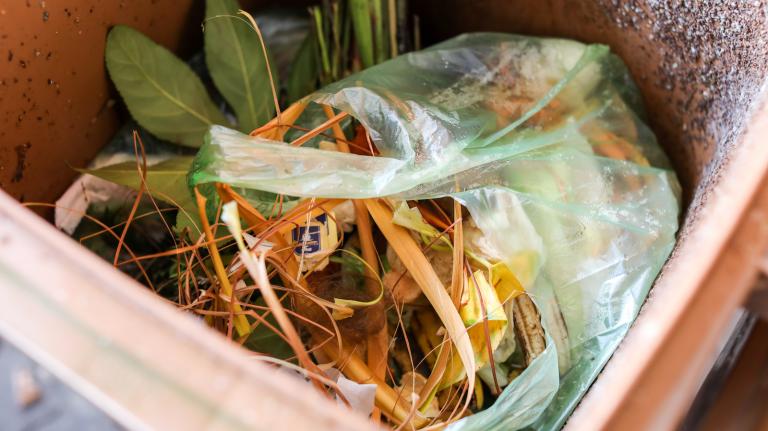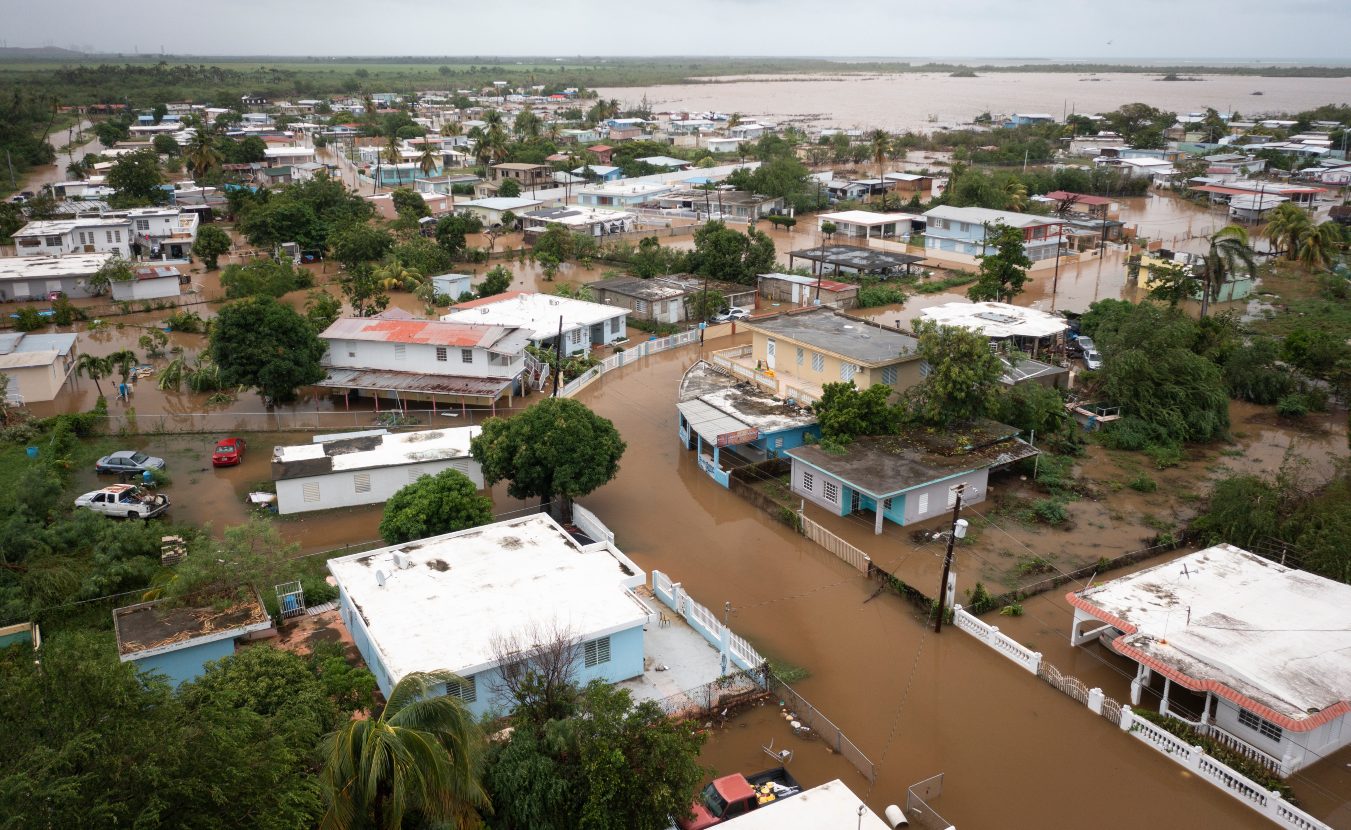After years of complaints from Puerto Rican officials about air and water pollution, the Environmental Protection Agency announced last week it would test for contamination in the southern part of the island.
The tests would be the first conducted by the EPA on Puerto Rico’s southern coast.
Community leaders in the city of Guayama, located on the Caribbean shoreline, had requested federal assistance to investigate the groundwater near a coal ash burial site run by a local power plant, according to the Associated Press. In response, the EPA said it would invest $100,000 in two pilot projects that would sample air and drinking water wells near the site and also test for contaminants.
Environmental advocates have also expressed concern that historic flooding caused by Hurricane Fiona in September has exacerbated groundwater contamination on the United States territory.
In Puerto Rico, as in other parts of the U.S. and its territories, communities that have traditionally been underserved have suffered the most from environmental hazards and damage from increasingly powerful and destructive storms.
Coal combustion residue, or coal ash, is primarily produced by the burning of coal and is one of the largest types of industrial waste produced in the U.S. and Puerto Rico. More than 100 million tons of it is generated each year and is disposed of by utilities in open-air storage pits and landfills. These coal ash disposal sites are often unlined, meaning there is no mesh or other protective material to prevent the leaking of their toxic chemicals into local drinking water wells, streams, lakes, and rivers.
A report released last week from Earthjustice, an environmental law organization, found that 91 percent of U.S. coal plants contaminate groundwater with high levels of arsenic and other chemicals. These contaminants have been proven to cause multiple types of cancer and impede brain development in children.
EPA officials said that although the site in Guayama where the coal ash was buried by the local power plant was lined, they have yet to determine the quality of the liner. The Associated Press also reported that the EPA had in the past issued air and coal combustion residue law violation notices to the company that runs the plant.
The EPA will also investigate whether Hurricane Fiona damaged landfills in Puerto Rico when it made landfall in September. Many of the island’s landfills are overcapacity, due to a combination of poor investment in maintenance and the proliferation of debris from previous natural disasters. Fiona caused the entirety of Puerto Rico to lose power for days, left over one-third of its population without drinking water, and caused major damage to Guayama and the neighboring city of Salinas. The storm struck almost exactly five years after the devastation of Hurricane Maria in 2017, from which the local infrastructure and economy is still reeling.




